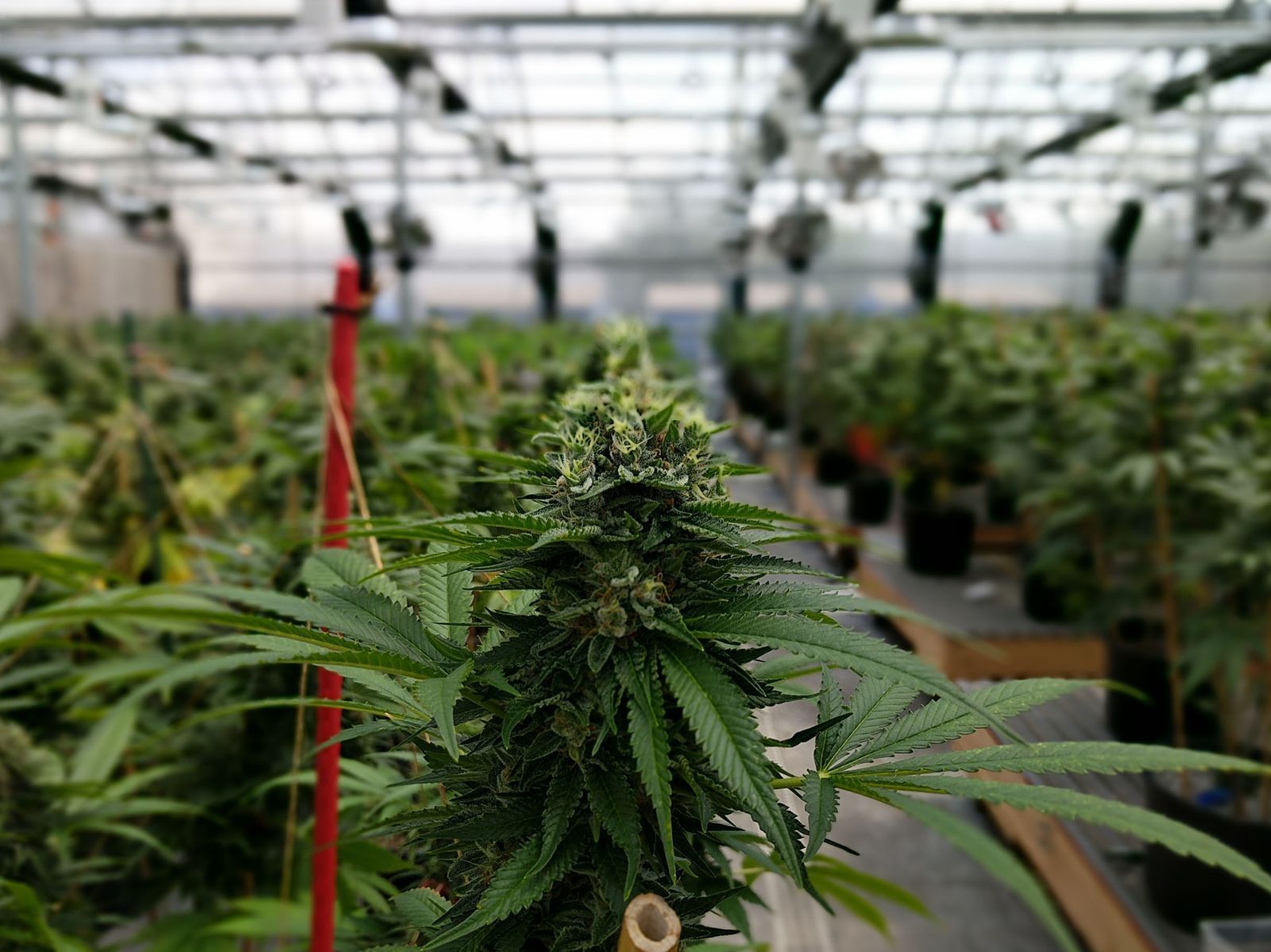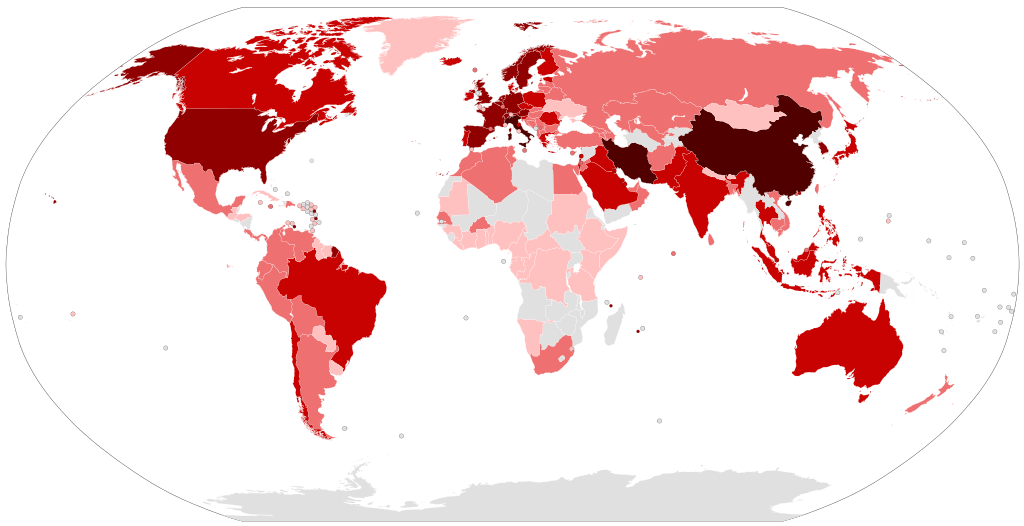Could robotics be the solution to make cannabis greenhouses more productive?
Robotics in manufacturing calls to mind the automotive industry. However, robotics are utilized everywhere from greenhouses to farms, and food processors. Robotics and technology have ushered in a new age of manufacturing, and have become a crucial part of many of our clients' cannabis SOPs.
Tasks that were previously time consuming can now be performed with efficiency. Replacing manual labor with robotics for arduous work is also important in reducing workplace injuries. Conveyor belts and palletizing robots are more than Lean Management solutions, they are also preserving worker health.
"I visited a large commercial greenhouse this week and was surprised to see robots everywhere! They were moving plants around and everything!" -Destiny from Spark-Y Youth Action Labs
Commercial Greenhouses for Cannabis
The cannabis industry already knows that greenhouses are a great cannabis facility option. They cost less than indoor cultivation because they utilize more natural resources. Also, they offer protection from the outdoor environment which can stress cannabis plants and lead to lower potency and less flavor.
The cannabis greenhouse industry have already embraced some automation and technology such as climate control and computerized monitoring. Greenhouse management is much easier with such systems in place. The use of rolling tables is another solution allowing greenhouse cannabis growers to cultivate more plants per meter than stationary tables and benches.
Cannabis greenhouses have not widely adapted other industrial agriculture solutions though. Food producers have greenhouses equipped with conveyor belts and robots to move plants and help care for them. They even may use drones to fly over greenhouse crops and detect areas that need attention. With demand for cannabis rising, and labor pools limited, is it time for cannabis greenhouses to embrace robotics?
Enhancing Greenhouse Sanitation
Automation offers a lot when it comes to sanitation and risk minimization. While equipment needs to be properly cleaned and maintained, any mechanism that reduces manual handling will help reduce exposure of plants to contamination from germs and foreign material.
While people can disinfect themselves with proper handwashing, and lower risks through the use of personal protective equipment (PPE), a person can never be sterilized.
Disinfection Versus Sterilization
It is important to note the difference between disinfection and sterilization. The Center for Disease Control provides the following definitions that explain how sterilization is a much more involved process.
Disinfection
“Thermal or chemical destruction of pathogenic and other types of microorganisms. Disinfection is less lethal than sterilization because it destroys most recognized pathogenic microorganisms but not necessarily all microbial forms (e.g., bacterial spores).”
Sterilization
“Validated process used to render a product free of all forms of viable microorganisms. In a sterilization process, the presence of microorganisms on any individual item can be expressed in terms of probability. Although this probability can be reduced to a very low number, it can never be reduced to zero.”

Robotics for Reducing Risks
Risk management is an important part of cultivating cannabis. Health Canada requires cannabis cultivators to have a system for evaluating the safety and quality risks that may occur in their processes. This includes having the ability to detect risks, mitigate them, and prevent them. When manufacturers reduce human interaction with products, risks of contamination and accidents are significantly reduced.
The article “How Robots Could Save the Cannabis Industry in the Midst of Coronavirus” by The Growth Op explains,
“…trimming and bucking machines, which remove the leaves and stems and separate the flower in a matter of seconds, dramatically reducing the need for humans to handle the plant and cutting down on the number of employees needed to be present at the facility…”
Their article notes that it takes one person an entire day to process a single pound of cannabis by hand. By contrast, machines can process 100 pounds per hour with a single operator. Trimming and bucking machines can also reduce instances of repetitive stress injuries.
Greenhouse Management with Robotics
Transportation robots and transplanting robots are equipped with arms and visual sensors. Together they can save significant amounts of time and labor. Just like in mechanical manufacturing, they help eliminate human error and accidents. Together this creates a robust high-throughput high-accuracy system that is fully reproducible.
Reproducibility is a huge hurdle in cannabis cultivation. Manual labor simply cannot achieve fully reproducible techniques for greenhouse tasks like transplanting, trimming, and hand watering. This especially cannot be achieved in a timely manner. In order to meet reach the scale of cannabis commercialization for your grow, cannabis greenhouses must look to robotic and technological solutions of other manufacturing sectors.
All-In-One Robotic Cultivation
All-in-one robotic farming systems are being developed by firms like Iron Ox and FarmBot. Little adaptation is needed to transfer this tech into the cannabis cultivation industry. It can be emotional to consider taking away the human element of farming. Agricultural marketing has aimed to preserve the industry’s wholesome family appeal.
The reality is that big agriculture is a big part of our lives and our food chain. It is also important to remember that cannabis is a medicine for many people. Craft ibuprofen doesn’t sound nearly as appealing as craft cannabis. Considering that need to produce pharmaceutical grade cannabis helps to re-frame the issue.
Final Thoughts on Cannabis Greenhouse Robotics
Marijuana stereotypes have embraced the idea that there are wholesome hippies growing holistic medicine. But this is not the reality of medical marijuana. Already, pharmaceutical marijuana companies like GW Pharmaceutical have emerged. Cannabis firms such as Tilray and Aurora Cannabis are even being traded on the stock market.
Being competitive in the medical marijuana industry means utilizing existing business systems and infrastructures and applying them to a new product. As such, applying the robotics used in commercial greenhouses of the food industry could be a game-changer for cannabis greenhouse cultivation.
To start learning more on the advantages of a greenhouse management system for your crop, or simply on how to set up and manage a cannabis greenhouse, get in touch with GrowerIQ.
Find Out More
Let's discuss your project in order to customize a comprehensive plan to help you succeed in the cannabis industry. Find out more on our cannabis consulting program overview, or chat with our experts. We're happy to help.
About GrowerIQ
GrowerIQ is changing the way producers use software - transforming a regulatory requirement into a robust platform to learn, analyze, and improve performance.
To find out more about GrowerIQ and how we can help, fill out the form to the right, start a chat, or contact us.


